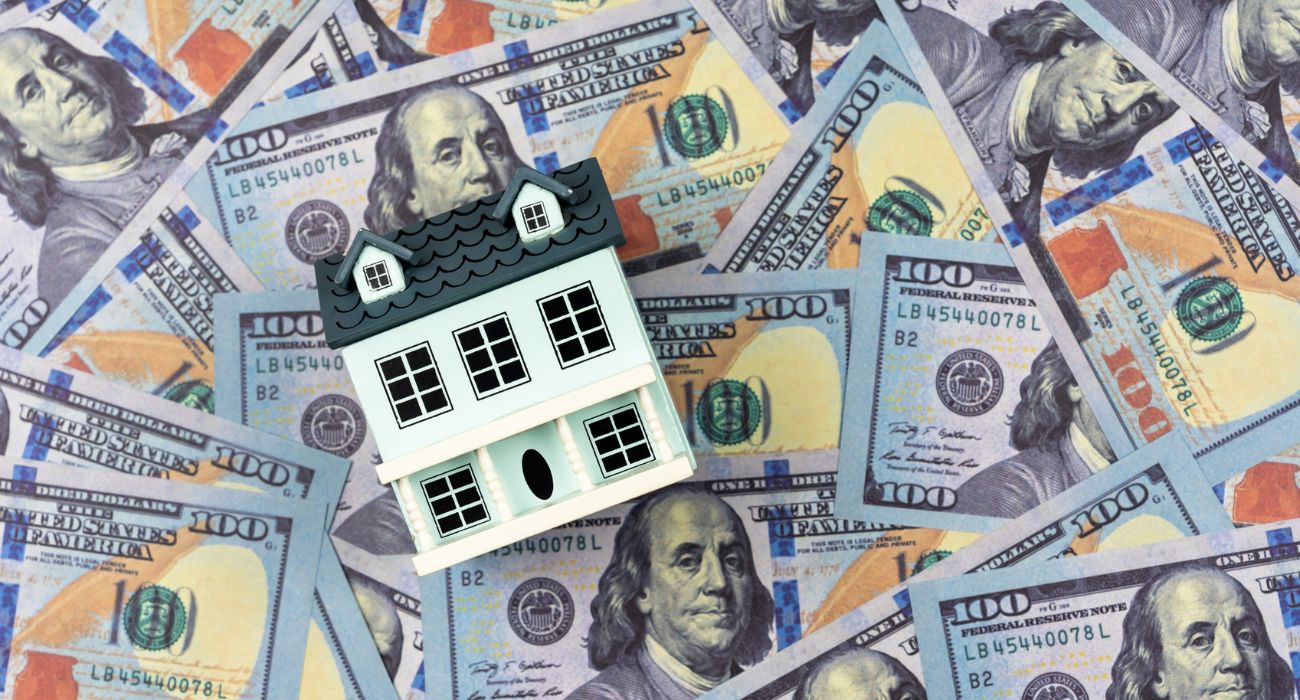Commercial real estate developers are preparing for a potentially harsh market amid expectations of another interest rate hike in November.
While some market indicators remain robust, other signals flash warning signs.
Tim Wang, managing director of research for Clarion Partners, a large property holder in North Texas, said decades-high inflation and an “aggressive” Fed make it “reasonable to assume we will have a recession.”
Industry outlooks remain mixed, with numerous narratives forming around the sector’s prospects.
A poll taken at a meeting in Dallas last week of the Urban Land Institute revealed most members anticipate unemployment to persist at reasonably low levels: under 5% for the next two years.
Even if a recession hits, William Pattison, head of real estate research and strategy for MetLife Investment Management, doesn’t believe we’ll see unemployment surge.
“If a mild or even severe recession is in the cards next year, we are probably not going to the 9% or 10% unemployment we saw in the past,” Pattison said.
Conceding the possibility of a recession and unemployment reaching 4% or 5.5%, Pattison nevertheless said, “The Fed is probably not going to be overly motivated to be quickly cutting rates.”
Arthur Margon, a partner with Rosen Consulting Group, said the Fed may start easing up on rate tightening. “If they really want to get inflation back to 2%, they are going to have to wring the inflation out of the economy like a wet towel.”
As for his group, Margon said, “We think that when the Fed sees inflation coming down, they’ll stop talking about 2% and say we can all live with 4%.”
The problem, however, is that inflation has remained elevated, despite numerous rate hikes this year. While the last reported number showed that prices had slowed for the third consecutive month, annual inflation was still 8.2% in September.
The current environment poses challenges, but it’s not all bad news in North Texas. Construction recently began on a massive $2.5 billion project in Dallas-Fort Worth known as The Central. The 27-acre mixed-use development will include a large park amid 4 million square feet of residential, office, and retail space.
While the activity is encouraging, the Urban Land Institute (ULI) expects the landscape to soften. ULI forecasts commercial property transaction volumes in the U.S. will drop over $250 billion compared to last year, falling to $600 billion in 2022.
Pattinson is witnessing the slowdown materialize in the lending space. He said the construction pipeline had begun to slow down “even before capital market conditions started slipping.”
Moreover, Pattison said, “The largest banks stopped or significantly slowed lending back in June, and the smaller banks have pulled back pretty significantly.”
One challenge in assessing the direction of commercial market prices stems from a lack of deals.
“There are not enough transactions to be statistically significant yet to show that there has been a break in pricing,” according to Margon. “Certainly, there has been in single-family housing. You don’t have to be a genius to figure at 7% mortgages, people aren’t going to pay as much as they did at 2% to buy a house.”
While the commercial real estate sector faces headwinds, one new reality may benefit the space. The pandemic exposed the fragility of supply chains, and American companies are increasingly exploring reshoring options.
As a result, commercial space could prosper. “We seem to be leaving the era of ‘just-in-time’ logistics to a ‘just-in-case,'” Margon insisted. “It’s going to really fuel demand for logistics space all around the country.”






